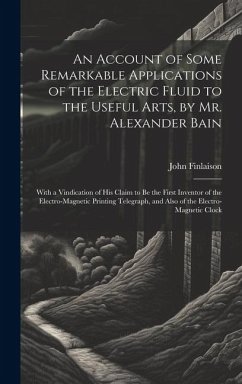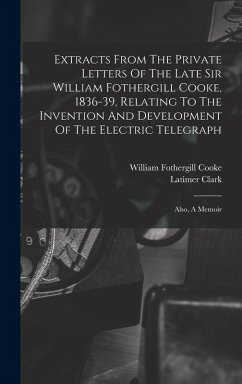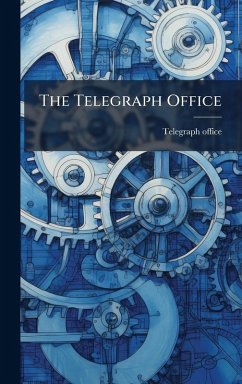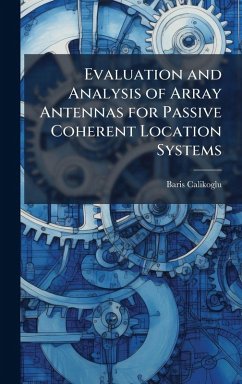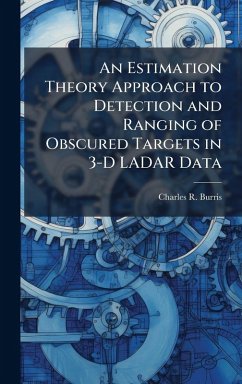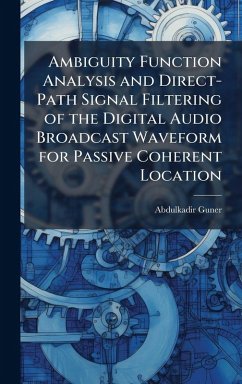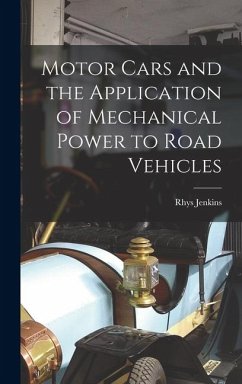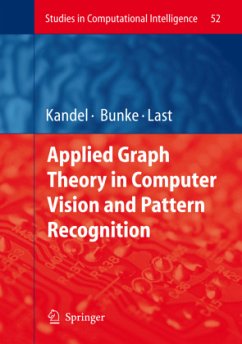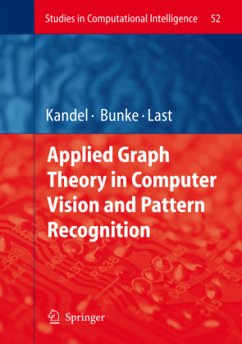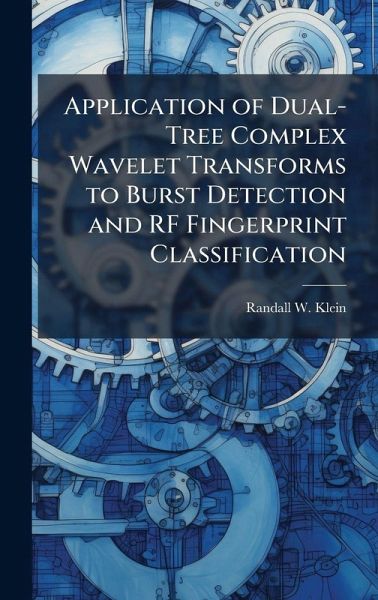
Application of Dual-Tree Complex Wavelet Transforms to Burst Detection and RF Fingerprint Classification
Versandkostenfrei!
Versandfertig in über 4 Wochen
29,99 €
inkl. MwSt.
Weitere Ausgaben:

PAYBACK Punkte
15 °P sammeln!
This work addresses various Open Systems Interconnection (OSI) Physical (PHY) layer mechanisms to extract and exploit RF waveform features ("fingerprints") that are inherently unique to specific devices and that may be used to provide hardware specific identification(manufacturer, model, and/or serial number). This is addressed by applying a Dual-Tree Complex Wavelet Transform (DT-CWT) to improve burst detection and RF fingerprint classification. A "Denoised VT" technique is introduced to improve performance at lower SNRs, with denoising implemented using a DT-CWT decomposition prior to Tradit...
This work addresses various Open Systems Interconnection (OSI) Physical (PHY) layer mechanisms to extract and exploit RF waveform features ("fingerprints") that are inherently unique to specific devices and that may be used to provide hardware specific identification(manufacturer, model, and/or serial number). This is addressed by applying a Dual-Tree Complex Wavelet Transform (DT-CWT) to improve burst detection and RF fingerprint classification. A "Denoised VT" technique is introduced to improve performance at lower SNRs, with denoising implemented using a DT-CWT decomposition prior to Traditional VT processing. A newly developed Wavelet Domain (WD) fingerprinting technique is presented using statistical WD fingerprints with Multiple Discriminant Analysis/Maximum Likelihood (MDA/ML) classification. This work has been selected by scholars as being culturally important, and is part of the knowledge base of civilization as we know it. This work was reproduced from the original artifact, and remains as true to the original work as possible. Therefore, you will see the original copyright references, library stamps (as most of these works have been housed in our most important libraries around the world), and other notations in the work. This work is in the public domain in the United States of America, and possibly other nations. Within the United States, you may freely copy and distribute this work, as no entity (individual or corporate) has a copyright on the body of the work. As a reproduction of a historical artifact, this work may contain missing or blurred pages, poor pictures, errant marks, etc. Scholars believe, and we concur, that this work is important enough to be preserved, reproduced, and made generally available to the public. We appreciate your support of the preservation process, and thank you for being an important part of keeping this knowledge alive and relevant.




